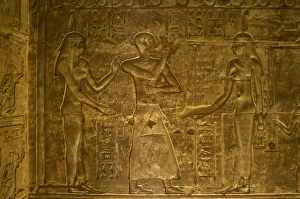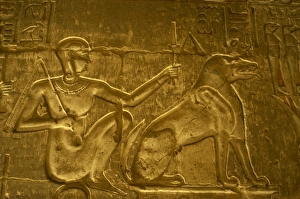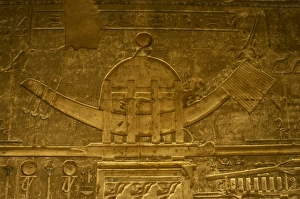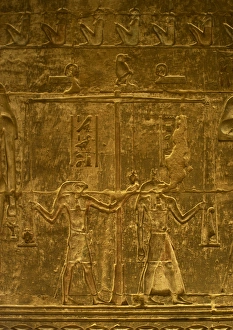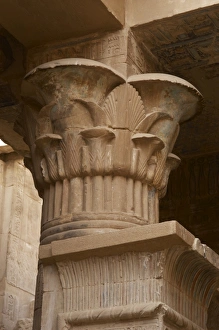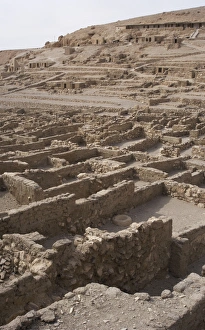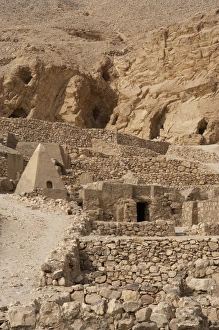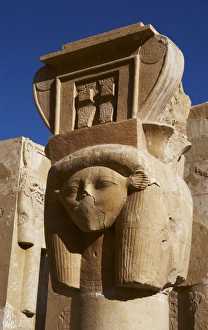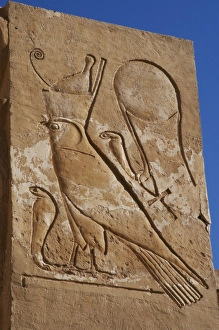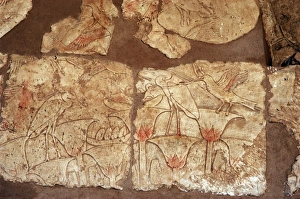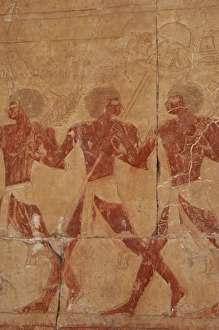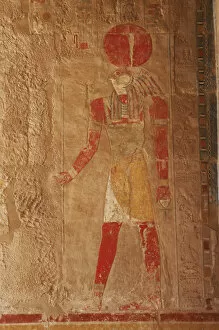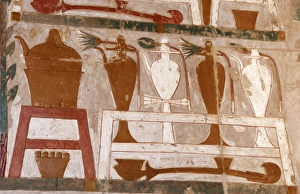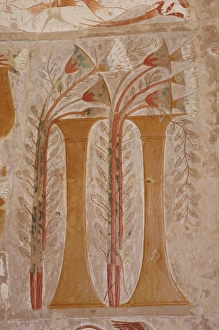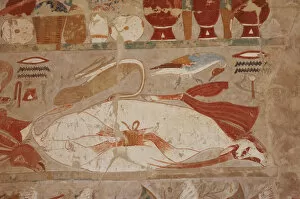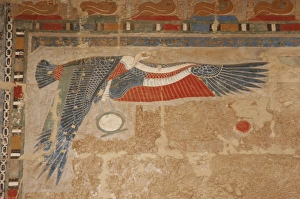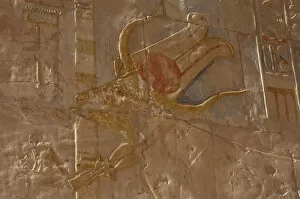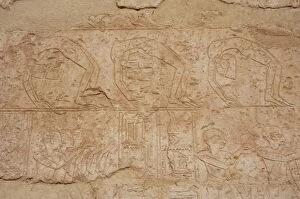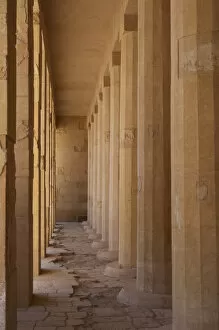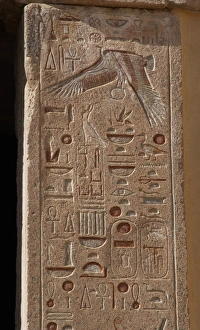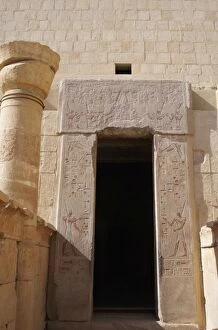Deir Collection (page 3)
"Exploring the Ancient Treasures of Deir: A Glimpse into Egypt's Rich History" Step back in time and immerse yourself in the captivating world of Deir
All Professionally Made to Order for Quick Shipping
"Exploring the Ancient Treasures of Deir: A Glimpse into Egypt's Rich History" Step back in time and immerse yourself in the captivating world of Deir, an archaeological site that unveils the wonders of ancient Egypt. Marvel at a polychromed vase discovered within the Tomb of Kha, dating back to 1400 BC, showcasing intricate artistry and vibrant colors that have stood the test of time. Venture further into Deir el-Bahari, where you'll encounter The Land of Punt at the Temple of Hatshepsut. This remarkable structure transports you to a bygone era as you admire its grandeur and contemplate its significance in Egyptian history. Witness the magnificence of Osirian statues honoring Hatshepsut herself, reigning from 1508-1458 B. C. , symbolizing her divine connection with gods and goddesses. These awe-inspiring sculptures serve as a testament to her power and influence during this ancient age. Delve deeper into Deir el-Bahri's secrets with an Egyptian coffin that once cradled departed souls on their journey to eternity. Each intricately carved detail tells a story steeped in mythology and beliefs surrounding death and afterlife during this fascinating period. Discover the Book of Dead within Kha's tomb, providing insights into ancient rituals performed for deceased individuals. Uncover their beliefs about life beyond death through vivid illustrations adorning these sacred texts. Gaze upon coffins like that belonging to Gua or Hor - each displaying unique designs reflecting personal identities intertwined with religious symbolism prevalent throughout Egypt's rich cultural heritage. Marvel at stelae such as Wennekhu's masterpiece - an exquisite example depicting scenes from daily life while paying homage to deities worshipped during this era. These stone monuments provide glimpses into societal norms and spiritual practices cherished by Egyptians centuries ago.

